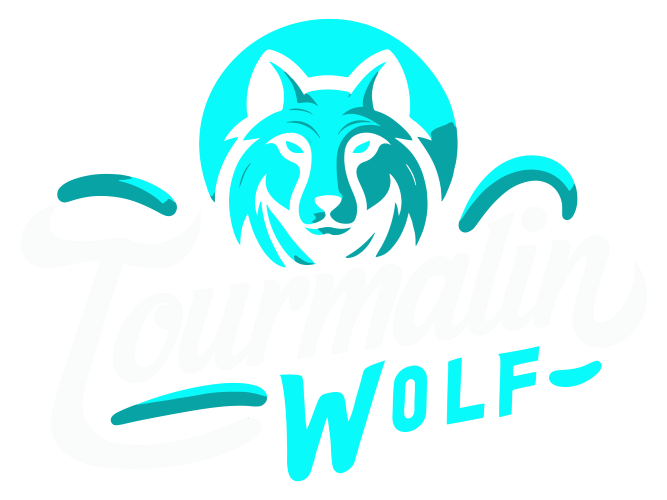In today’s visually driven world, creating stunning designs is essential for capturing attention and communicating your message effectively. Whether you’re a professional designer or a complete newbie, the right platform can make all the difference. So, what are the best platforms to create stunning designs? Let’s dive into the top contenders that can help you bring your creative visions to life.
1. Canva
Canva is a powerhouse in the design world, offering an intuitive interface that’s perfect for beginners and pros alike.
- Features: Drag-and-drop functionality, thousands of templates, extensive image library, custom dimensions.
- Benefits: Easy to use, extensive free version, collaborative features.
- Best For: Social media graphics, presentations, posters, and more.
2. Adobe Creative Cloud
Adobe Creative Cloud is the gold standard for professional designers, providing a suite of powerful tools.
- Features: Industry-leading software like Photoshop, Illustrator, InDesign, After Effects.
- Benefits: Professional-grade tools, regular updates, extensive tutorials and resources.
- Best For: Advanced graphic design, video editing, web design, and more.
3. Sketch
Sketch is a favorite among UX/UI designers, known for its user-friendly vector design capabilities.
- Features: Vector editing, prototyping, collaboration tools, plugins.
- Benefits: Easy integration with other tools, efficient workflow for app and web design.
- Best For: User interface and user experience design.
4. Figma
Figma is a web-based design tool that excels in collaborative design projects.
- Features: Real-time collaboration, vector networks, prototyping, design systems.
- Benefits: Browser-based, real-time collaboration, free tier available.
- Best For: Team projects, UX/UI design, prototyping.
5. Affinity Designer
Affinity Designer offers a robust alternative to Adobe’s tools with a one-time purchase model.
- Features: Vector and raster design tools, non-destructive editing, extensive file compatibility.
- Benefits: Affordable one-time fee, professional-grade tools, smooth performance.
- Best For: Illustrations, branding, marketing materials.
6. Procreate
Procreate is a must-have for digital artists using iPads, offering powerful tools in a portable format.
- Features: Brushes, layers, animation, customizable interface.
- Benefits: Affordable, highly intuitive, powerful features for digital painting.
- Best For: Digital art, illustrations, sketching on the go.
How to Choose the Right Platform
Selecting the right design platform depends on your specific needs, skill level, and budget. Here are some tips to help you decide:
- Assess Your Needs: Identify what kind of designs you’ll be creating. Social media graphics? Professional branding? Digital art?
- Consider Your Skill Level: Are you a beginner or a seasoned pro? Choose a platform that matches your expertise.
- Budget: Some platforms offer free versions, while others require subscriptions or one-time payments. Decide what you’re willing to invest.
- Collaboration Needs: If you’re working with a team, opt for tools with robust collaboration features.
Wrapping Up: Ready to Create Stunning Visuals?
Choosing the right design platform can elevate your creative projects and make your design process more efficient and enjoyable. From the versatile Canva to the professional Adobe Creative Cloud, there’s a tool out there for every designer. Explore these options, try out free trials, and find the perfect fit for your creative needs.
FAQs
1. What is the best design platform for beginners? Canva is highly recommended for beginners due to its user-friendly interface and extensive library of templates and resources.
2. Can I use Adobe Creative Cloud for free? Adobe Creative Cloud offers a free trial, but it generally requires a subscription for long-term use.
3. Is Figma suitable for solo designers? Absolutely! While Figma excels in collaboration, it’s also a fantastic tool for solo designers thanks to its comprehensive features and free tier.
4. Do I need a powerful computer to use these design platforms? Most platforms like Canva and Figma are web-based and don’t require powerful hardware. However, software like Adobe Creative Cloud may need a more robust setup.
5. Can I create professional designs with free tools? Yes, many free tools like Canva and Figma offer extensive features that can produce professional-quality designs.
Ready to dive into the world of design? These platforms are your gateway to creating stunning visuals that captivate and communicate. Happy designing!

